The Best British Columbia Food from a local
What to eat in British Columbia? Our province is a delicious reflection of its culture, natural resources and vibrant communities. Surrounded by the Pacific Ocean and the Rocky Mountains, BC is rich in a wide variety of fresh, seasonal and sustainably sourced ingredients that are at the heart of its emerging culinary culture. From the famous West Coast salmon to the lovely wines of the Okanagan Valley, there’s something for every taste in British Columbia. Here are some of the regional specialties that make BC a food lover’s paradise. This is a guide of what to eat in British Columbia and when!

Quick Tips: Our BC Favourites
There are many cities to stay in British Columbia depending on your goals. Here are our favourite places to stay, eat and tours to maximize your time based on city.
Vancouver: Our top pick to stay is Sutton Place for its location, random deals and even more random celebrity run ins. The hotel contains Boulevard, a fabulous restaurant & bar. We also recommend booking a food tour of Granville Island!
Kelowna: Stay at the affordable yet funky Hotel Zed. Famed for its location in the heart of wine country Kelowna has some incredible places to eat with scenery to match. If we suggest you eat anywhere it would be Summerhill Winery for the view alone and a glass of bubbles. Try a wine tour of Kelowna or West Kelowna’s best wineries.
Summary of climate & landscape differences throughout BC
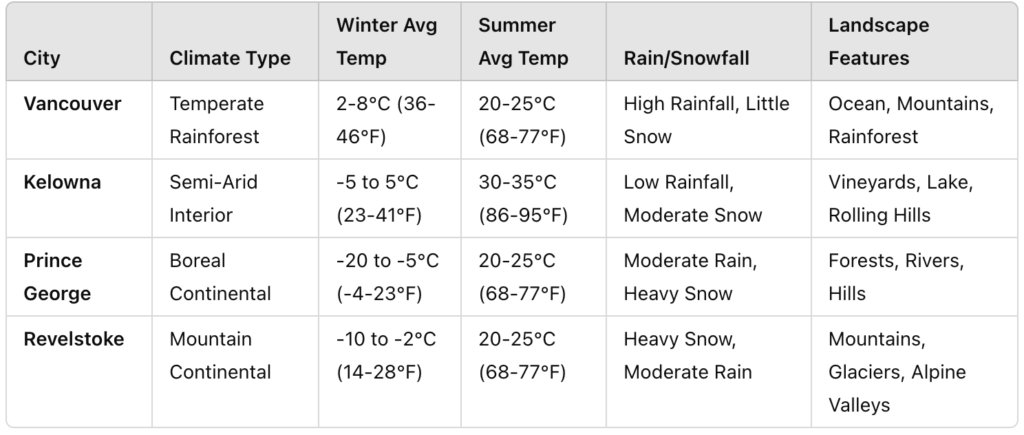
Vancouver (Coastal Rainforest Climate)
Landscape:
- Located on the west coast, Vancouver is surrounded by the Pacific Ocean, coastal mountains, and lush forests.
- It has a temperate rainforest climate, making it one of the mildest cities in Canada.
Annual Weather:
- Winters (Dec-Feb): Mild and rainy, with temperatures rarely dropping below 0°C (32°F). Snow is rare but possible.
- Springs (Mar-May): Gradual warming, cherry blossoms bloom in March-April.
- Summers (Jun-Aug): Warm, dry, and sunny, with temperatures averaging 22°C (72°F) but can reach 30°C (86°F).
- Autumns (Sep-Nov): Cooler and rainy, with colorful fall foliage.
What to Expect:
- Rain: Vancouver gets 150-200 days of rain per year, mostly from October to March. Bring a rain jacket!
- Mild Temperatures: It rarely gets extreme heat or cold.
- Outdoor Activities: Year-round hiking, biking, and access to ski resorts like Whistler (2 hours away).
Kelowna (Dry Interior Climate)
Landscape:
- Located in the Okanagan Valley, Kelowna is surrounded by vineyards, orchards, rolling hills, and Okanagan Lake.
- The region has a semi-arid climate, making it one of Canada’s sunniest places.
Annual Weather:
- Winters (Dec-Feb): Cold but not extreme, with temperatures around -5°C to 5°C (23-41°F) and moderate snowfall.
- Springs (Mar-May): Pleasant and warming, with orchards in bloom.
- Summers (Jun-Aug): Hot and dry, often exceeding 35°C (95°F). Perfect for wineries, beaches, and water activities.
- Autumns (Sep-Nov): Mild and sunny, a great time for wine tours.
What to Expect:
- Hot, Dry Summers: One of Canada’s warmest cities in summer.
- Moderate Snow in Winter: Great for skiing at Big White Ski Resort.
- Wine Country: Ideal for wine tasting and outdoor activities like hiking and boating.
Revelstoke (Mountain Climate)
Landscape:
- Nestled in the Selkirk Mountains, Revelstoke is known for its rugged alpine terrain, glaciers, and deep valleys.
- It has a humid continental climate with heavy snowfall, making it a top ski destination.
Annual Weather:
- Winters (Dec-Feb): Very snowy, with temperatures between -10°C to -2°C (14-28°F). Snowfall can exceed 10 meters (32 feet) annually!
- Springs (Mar-May): Still snowy at higher elevations but warming up in the valley.
- Summers (Jun-Aug): Warm but not hot, with highs around 20-25°C (68-77°F).
- Autumns (Sep-Nov): Cool with early snowfall in higher elevations.
What to Expect:
- Extreme Snowfall: One of North America’s snowiest towns—a paradise for skiers and snowboarders.
- Outdoor Haven: Ideal for hiking, mountain biking, and heli-skiing.
- Smaller Community: Less developed than Vancouver or Kelowna but loved by adventure seekers.
We love revelstoke in summer
We love to explore Revelstoke in the summer months with the kids. There’s so much to do and it is a great foodie city too!
Join our foodie community!
What to eat in British Columbia?
Salmon
Salmon is perhaps BC’s most famous ingredient. The province is home to a vast run of wild Pacific salmon, including sockeye, chinook, coho, pink and chum. Each variety has its own flavour profile and is prepared in many ways in restaurants and fish markets throughout BC. Smoked, grilled, baked or cured like lox, salmon is a classic Pacific Northwest dish with a rich history that’s deeply rooted in the culture of First Nations people and the coast’s commercial fishing industry. Must-Try: Granville Island Public Market in Vancouver or one of Tofino’s seafood restaurants for fresh salmon, or Haida Gwaii to learn about the cuisine of BC’s First Peoples.
Spot Prawns (May to June)
Spot prawns are often called the “lobster of the West Coast” and are a true BC treasure. These sweet and tender seafood delicacies are harvested sustainably and prized by top chefs. The short spot prawn season (mid-May to June) is a time for celebration in BC, with markets and seafood restaurants featuring the fresh catches. Must-Try: Vancouver’s Spot Prawn Festival, which features fresh spot prawns caught by local fishermen, or seafood restaurants like Go Fish in Vancouver or Whistler’s Wildflower Restaurant during prawn season.
Dungeness Crab
Dungeness crab is a Pacific coast specialty and a favourite in BC. The cool, nutrient-rich waters are perfect for Dungeness crab, which has sweet and tender flesh. Steaming or boiling brings out the full flavour of this West Coast seafood treasure. Must-Try: Dungeness crab is on the menu in seafood restaurants from Victoria to Prince Rupert. For a fun and casual experience, book a beachside seafood boil in a destination like Cambria or Parksville. For a more luxurious experience, try it at one of Vancouver’s top restaurants, like Blue Water Cafe.
Oysters
BC oysters are known for their robust, sea-salt flavour, which is perfect for oyster connoisseurs. Vancouver Island and the Sunshine Coast are home to many oyster farms, which harvest delicious and diverse varieties. BC oysters are more full-bodied than others on the market, making them a favourite among oyster aficionados. Must-Try: Fanny Bay Oyster Bar in Vancouver or a working oyster farm on Vancouver Island.
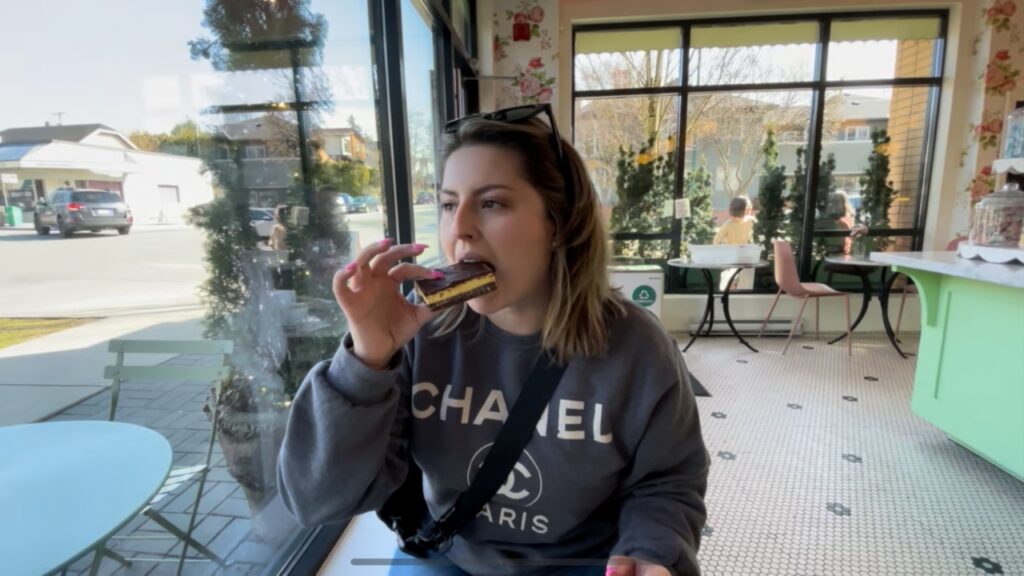
Nanaimo Bars
Nanaimo bars are the iconic BC dessert. These delicious no-bake treats consist of a crumbly base topped with citrusy custard and covered in chocolate. They were originally created in the 1950s at a women’s club in Nanaimo (formerly a popular destination for health seekers) and have been a favourite at potlucks and family gatherings ever since.
While seafood is a natural in BC, so is this sweet treat. Nanaimo bars are named after the city on Vancouver Island, but are enjoyed throughout BC. These no-bake delights feature a crumbly chocolate base, a creamy custard filling and a smooth chocolate ganache top. They’re a favourite at bakeries and cafes, and even appear on the menus of upscale restaurants. Must-Try: The original Nanaimo bars in Nanaimo, or at a local cafe, where unique variations like peanut butter or mint Nanaimo bars often make an appearance.
Seaweed
First Nations people have harvested seaweed on BC’s coast for centuries, and it’s still a nutritious and delicious ingredient today. BC chefs use seaweed in everything from salads and soups to desserts. BC-cultivated wakame, kelp and nori give many Asian dishes a Pacific flavour. Must-Try: Seaweed dishes at Japanese restaurants, or packaged BC seaweed snacks at farmers’ markets and specialty grocery stores.
Okanagan wine & produce
The Okanagan Valley is the heart of BC’s wine and fruit country. With a dry, Mediterranean-like climate, the region is perfect for growing grapes and a wide variety of fruits. The Okanagan is home to award-winning wineries, especially those producing pinot noir and chardonnay, as well as delicious ice wines. Local cherries, apples and peaches are delicious, and the Okanagan is a great place to take a foodie road trip. Must-Try: Wineries along the Bottleneck Drive wine route, and local fruits at farmers’ markets in Kelowna and Summerland. Pair Okanagan wines with local cheeses and charcuterie at winery restaurants and patios.
Indigenous Cuisine
Indigenous cuisine in BC is a true cultural experience and a perfect example of what to eat in British Columbia. Heavily influenced by traditional ingredients and cooking methods, Indigenous dishes often feature local and native ingredients like salmon, berries and game meats that have been an important part of the diet for centuries. Visit Kekuli Cafe in Kamloops, Kelowna and Merritt to sample modern Indigenous cuisine. This casual cafe features everything from bannock tacos to sweet bannock treats, and Saskatoon berry smoothies. In Osoyoos, The Bear, The Fish, The Root & The Berry at Spirit Ridge Resort is a fine dining experience that showcases the Indigenous story through contemporary cuisine. The restaurant is named for the four food chiefs in Syilx (Okanagan) culture: the bear, the fish, the root and the berry. Each represents a vital element in Syilx cuisine and the ecosystem. Must-Try: A savoury bannock sandwich at Kekuli Cafe, or the signature four-course tasting menu at The Bear, The Fish, The Root & The Berry, which features dishes inspired by Syilx cuisine and storytelling.
Mountain Berries & Edible Foraged Foods
BC’s mountains and forests are filled with wild berries and other edible treats. Berries like huckleberries, salal berries and Saskatoon berries have been gathered by Indigenous people for centuries, and are now featured in everything from savoury dishes to desserts by local chefs. The Kootenays and Vancouver Island are great places to sample wild berry treats. Must-Try: A huckleberry pie in the Kootenays, or wild berry jam on Vancouver Island.
BC Craft Beer
BC’s craft beer scene is proud and growing. With a reputation that spans Canada and more, BC’s craft beer culture is about creativity, quality and locality. In addition to the Vancouver Island and Okanagan wine routes, BC has its own brewery and pub-filled trails to follow. In Vancouver, check out the North Shore Ale Trail, while Victoria and the Okanagan are home to numerous breweries. Many BC breweries feature local ingredients in their beers, including super-fresh seafood, local grains and foraged herbs. BC beers often feature local fruits, like berries, and even tea. Must-Try: BC Ale Trail events in the province, or breweries like Victoria’s Phillips Brewing, Vancouver’s Red Truck and Kelowna’s Tree Brewing.
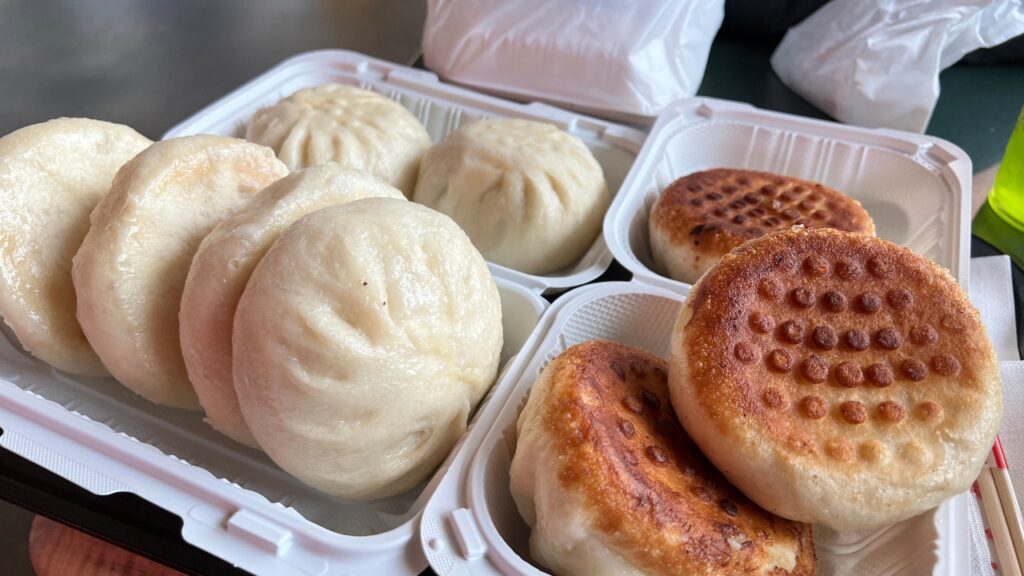
Asian Eats & Fusion Cuisine
A true reflection of what to eat in British Columbia! BC is a vibrant multicultural province, and its cuisine reflects that diversity. In Vancouver, fusion cuisine is incredibly popular. Local chefs combine Pacific Northwest ingredients with Asian, Middle Eastern and European techniques and flavours to create everything from sushi tacos to kimchi poutine and salmon sashimi burgers. Must-Try: The food at Vancouver’s Richmond Night Market and the Dumpling Trail throughout Richmond.
Don’t forget to pin this for future planning!
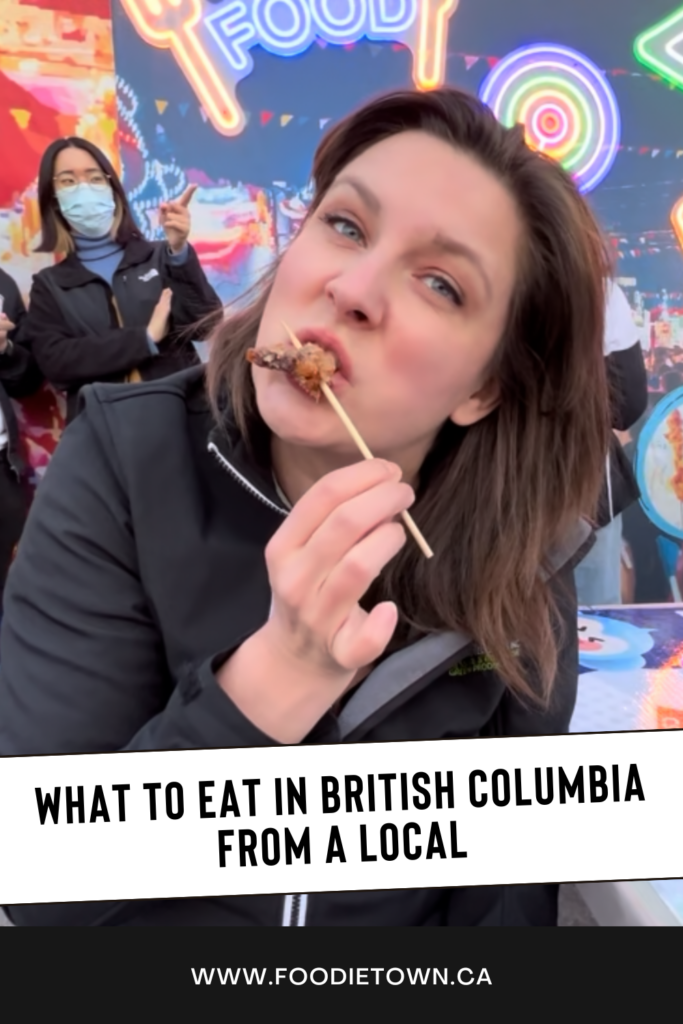
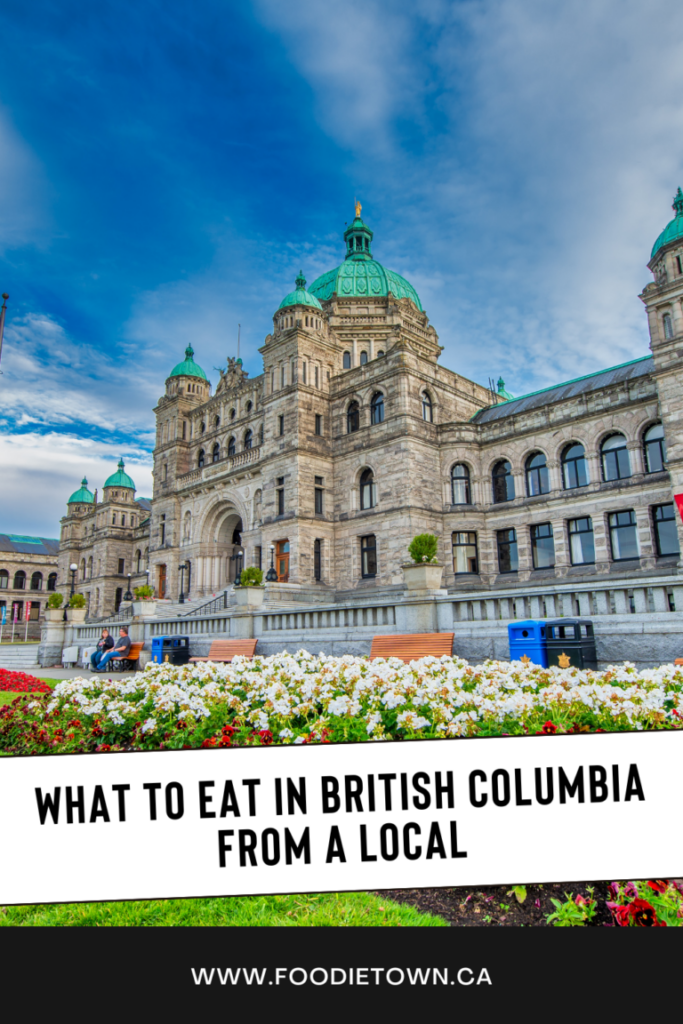

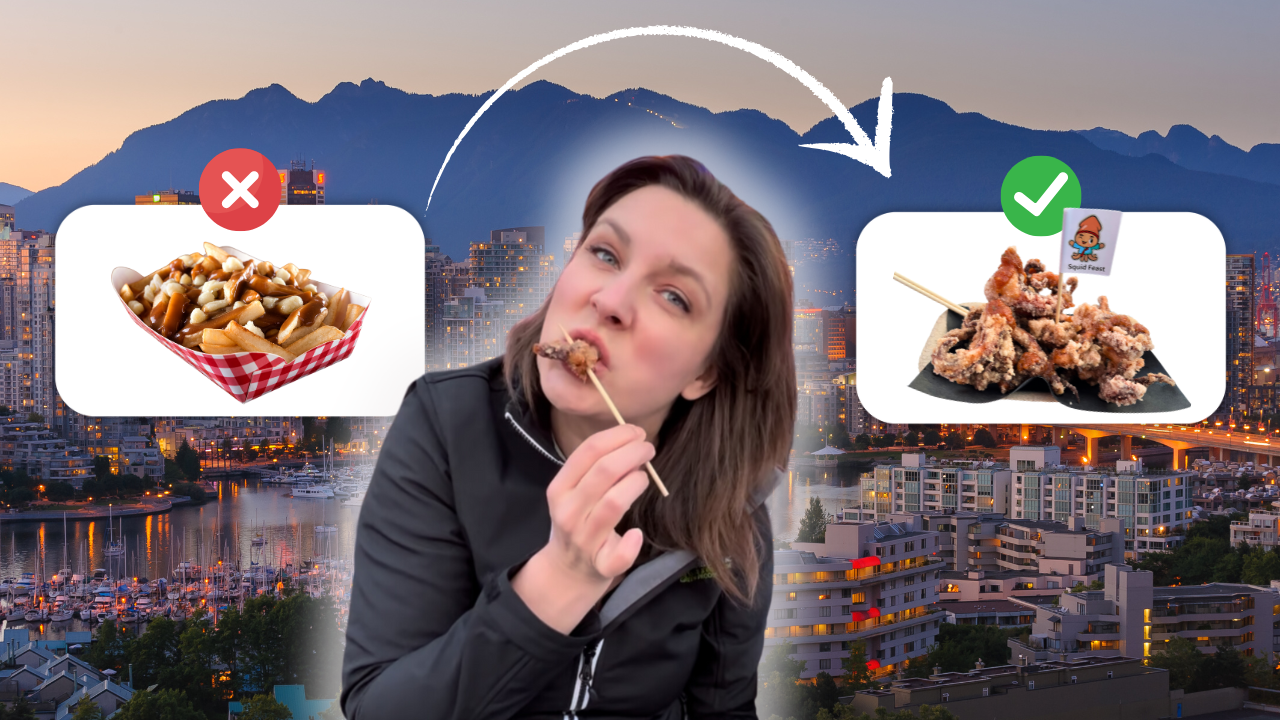


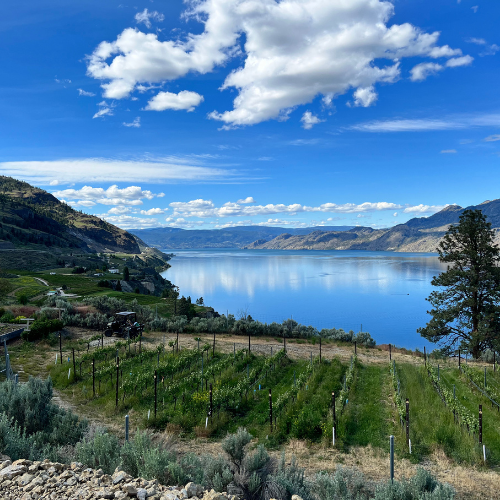


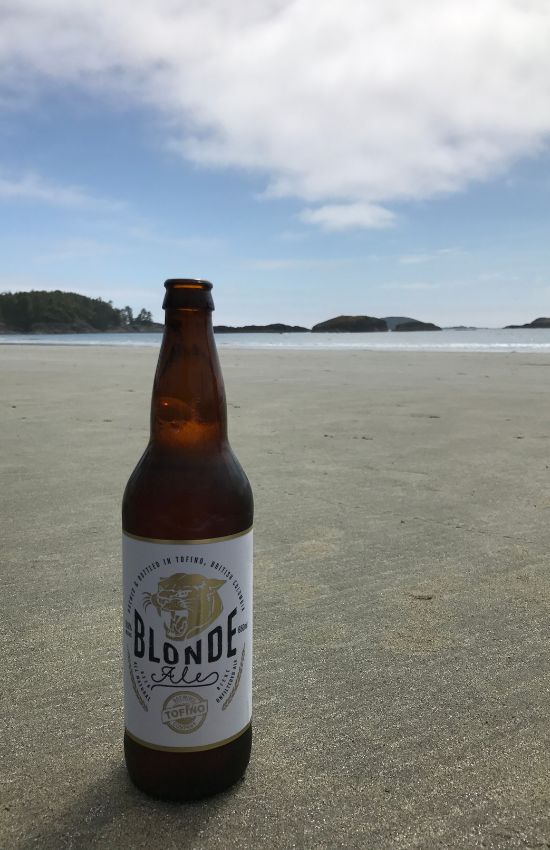
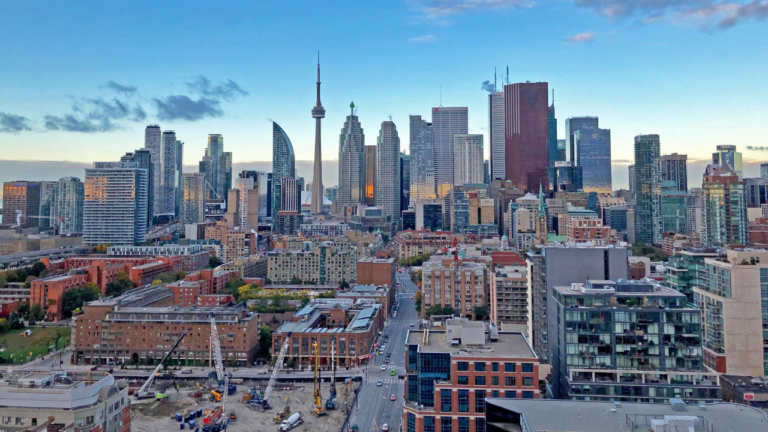
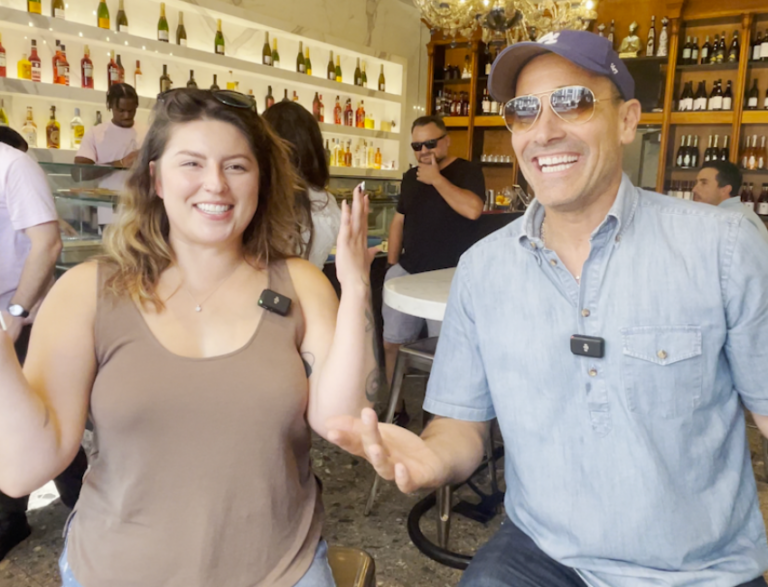
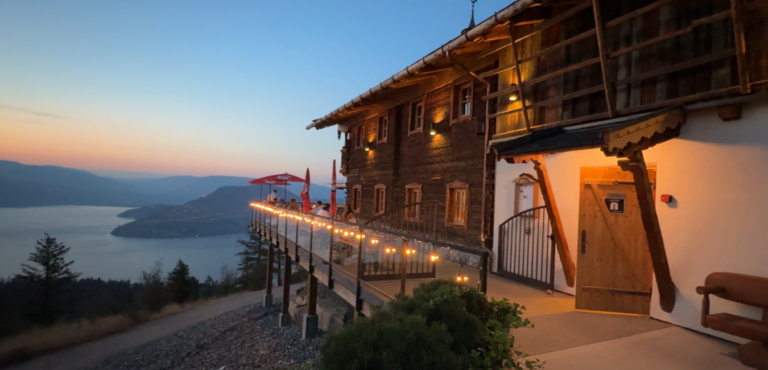
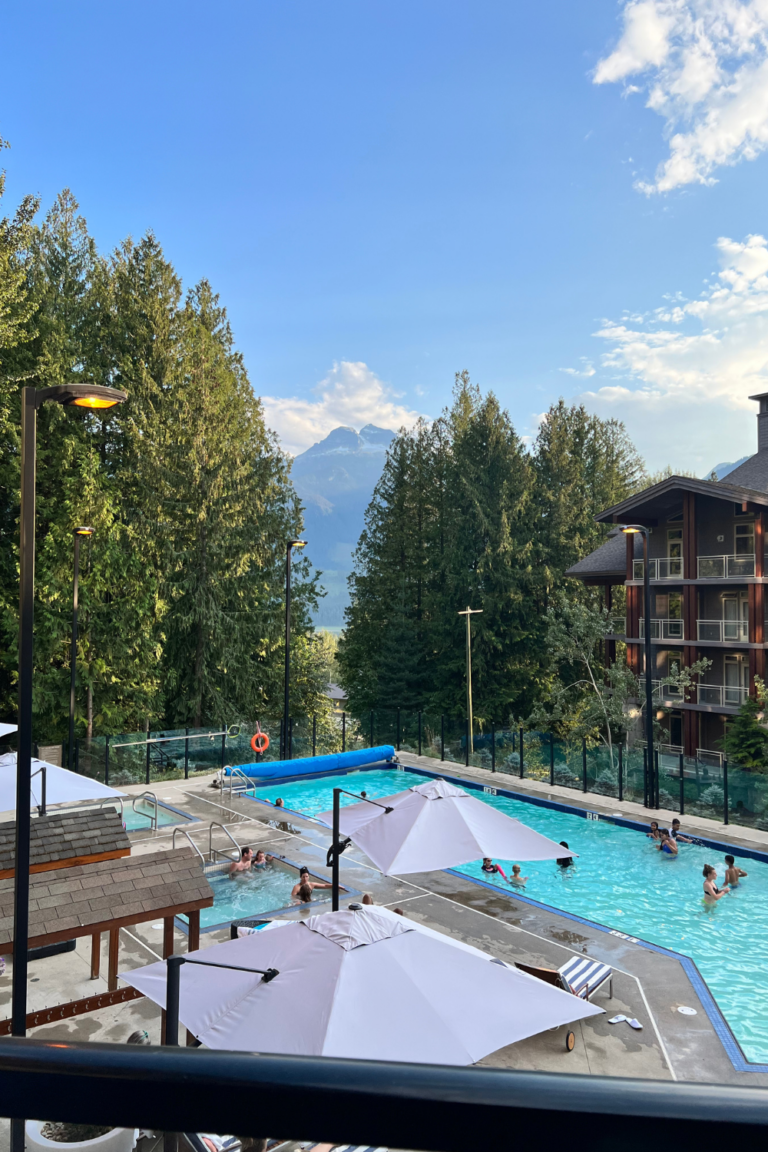
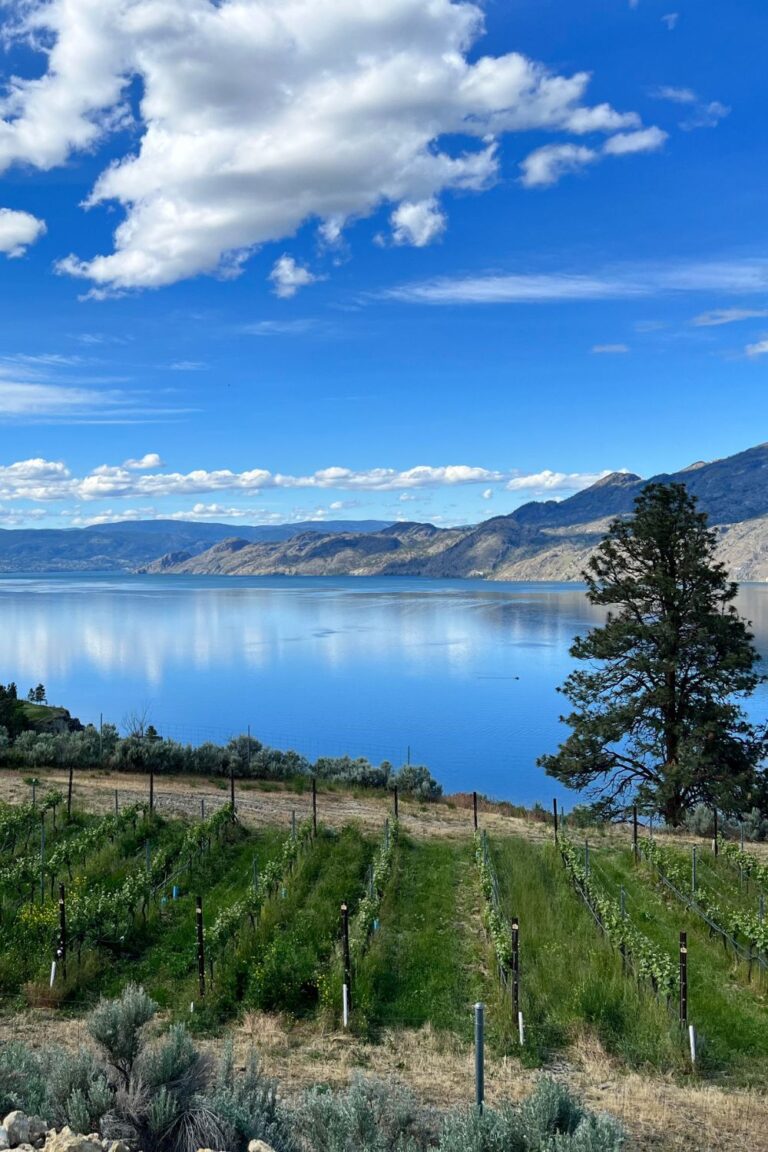

Going to Revelstoke in July for some e-bike rides and the railroad ephemera. What’s a good pub for craft beer and pub food? Where else should I eat?
Hi Cate!
We have just the article for you! We went in July as well and it was a great time.
See this article:https://foodietown.ca/your-ultimate-summer-guide-to-revelstoke-british-columbia/